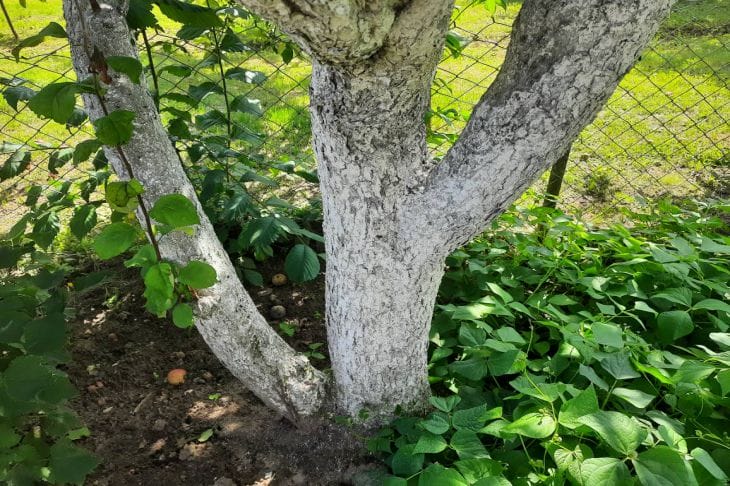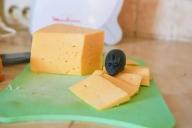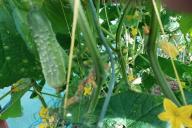Not all gardeners know that trees need to be whitewashed not only in spring, but also in autumn.
The autumn whiteness of trees has its own characteristics and requires compliance with certain rules.
Why you shouldn’t whitewash trees with lime in the fall and what solution to use for this purpose.

Why lime is not suitable for autumn whiteness of trees
Lime is a traditional material for whitening trees, which has disinfectant and bleaching properties.
However, lime is not suitable for autumn whitening of trees for several reasons:
- Lime has a high alkalinity, which can damage tree bark and disrupt its acid-base balance.
- Lime does not adhere well to the bark and is quickly washed away by rain.
- Lime does not create a dense enough layer to protect the bark from frost and temperature changes.
What solution to use for autumn whitening of trees
For autumn whiteness of trees it is better to use special solutions based on acrylic or silicone paints. Such solutions have a number of advantages over lime:
- They have a neutral or slightly acidic reaction, which does not damage the bark of trees.
- They stick well to the bark and are not washed off by water.
- They create an elastic and durable layer that protects the bark from mechanical damage, frost and temperature changes.
To prepare a solution for autumn whiteness of trees, you need to mix acrylic or silicone paint with water in a ratio of 1:1 or 1:2, depending on the desired consistency.
You can also add a little copper sulfate or iron sulfate to the solution to enhance the antiseptic effect.
The solution must be mixed well and applied to the tree bark with a brush or sprayer.








